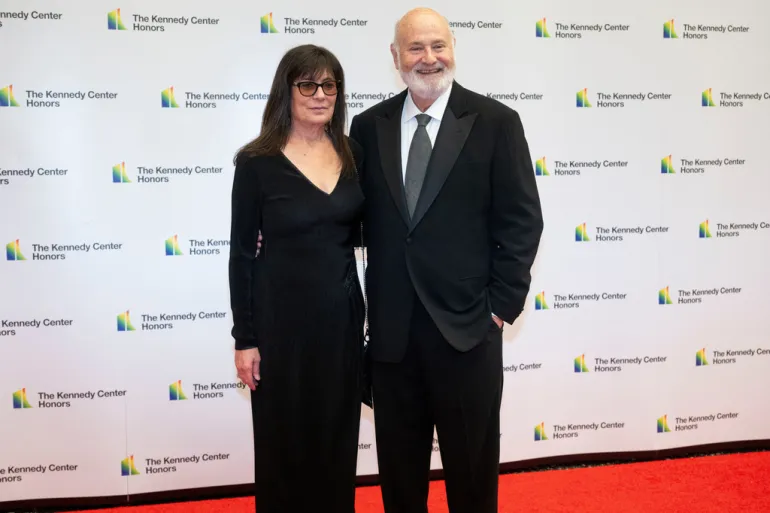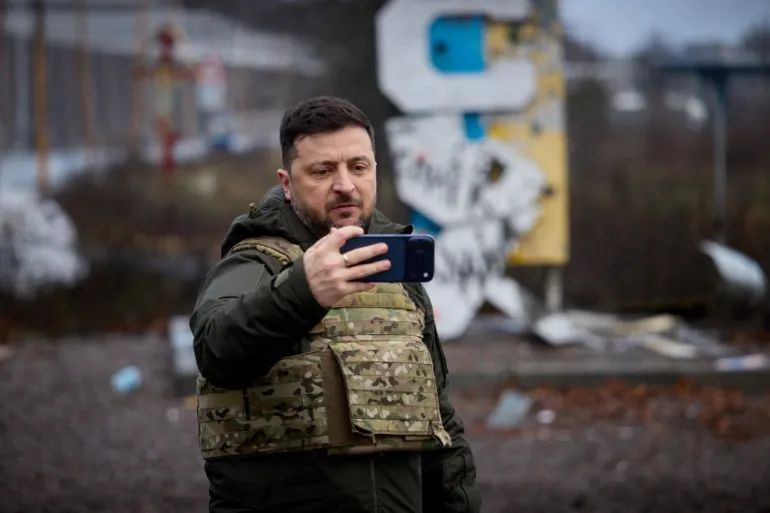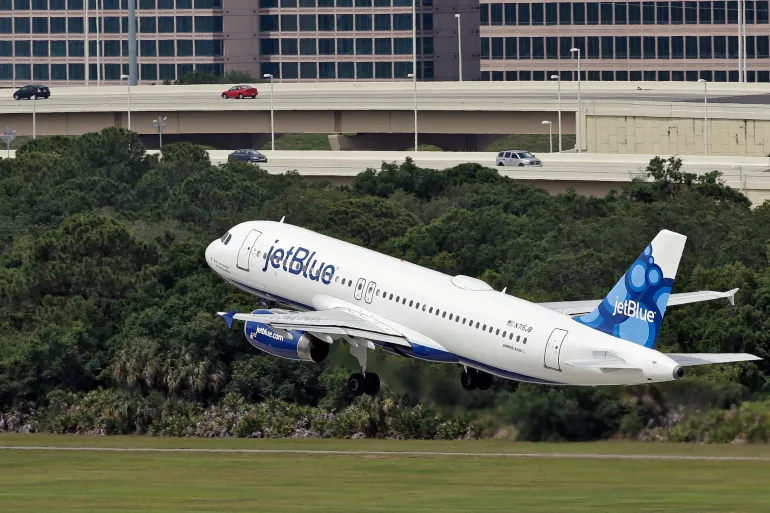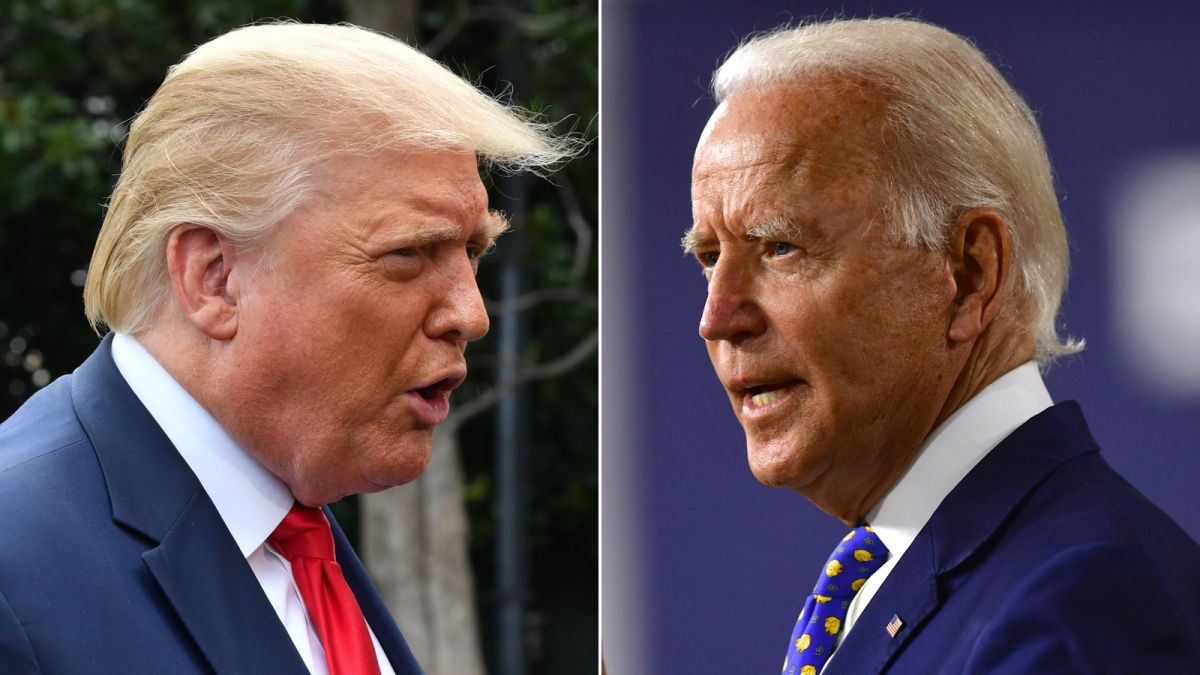Feral Chickens Become Cultural Icons — Nuisances — in Miami

Amid Miami’s bustling streets and towering high-rises, a different kind of resident is making itself known: feral chickens, The AP reports.
Roosters, hens, and their chicks have become an unexpected but increasingly common sight across the city — from the vibrant neighborhoods of Little Havana and Little Haiti to the heart of downtown near government buildings.
While their early morning crowing divides opinion, many locals have embraced the birds as unofficial mascots, deeply tied to the city’s cultural roots.
According to Paul George, resident historian at the HistoryMiami Museum, the birds’ presence is no accident.
“They’ve always had these hens and roosters around,” said George, noting that chickens are closely linked to the rural traditions of immigrants from Cuba and other Latin American countries.
Once confined to backyard coops, the birds have now spread into public spaces across Miami over the past two decades.
Their proliferation mirrors that of wild chickens in other Florida cities, like Key West and Tampa, and even in urban areas like New Orleans, Houston, and Los Angeles.
But it’s in Little Havana where the rooster has truly become symbolic. In 2002, as part of a cultural campaign, 6-foot fiberglass rooster statues — created by late artist Pedro Damián — began appearing along Calle Ocho (8th Street). More than 20 years later, the colorful statues continue to draw tourists and camera-wielding visitors.
“The neighbors have welcomed them,” said Jakelin Llaguna, owner of the Little Havana Visitors Center. “Nobody messes with them—they’re our mascot.”
Her shop sells a wide variety of rooster-themed souvenirs, including shirts, hats, and magnets.
“Everybody wants a rooster,” Llaguna added. “They want to take home a memory of a fun time. And the rooster has turned into that.”
She also views the rooster’s morning call as a symbol of hope and renewal.
“The Cubans came to Little Havana when the revolution came into Cuba,” she said. “They had a new beginning.”
Despite their popularity with some locals, the chickens’ future is uncertain. Development and rising property values are changing the face of neighborhoods like Little Havana, where million-dollar condos are replacing older homes.
“As the neighborhood becomes richer, I think people are going to lean on the city’s code enforcement,” George said. “Even with hurricane windows, I don’t think a lot of these people are going to put up with [the noise].”
Adding to the challenge is the spread of invasive peacocks in nearby communities like Coconut Grove and Coral Gables. George described them as “ill-mannered” and louder than chickens—raising the possibility of a turf war among Miami’s wild bird population.
Miami’s ordinances around live poultry are strict: both city and county laws ban or heavily regulate keeping chickens in residential areas. Yet the birds continue to roam freely through downtown parks, sidewalks, and public courthouses.









The latest news in your social feeds
Subscribe to our social media platforms to stay tuned